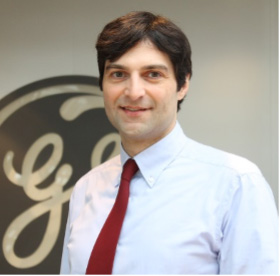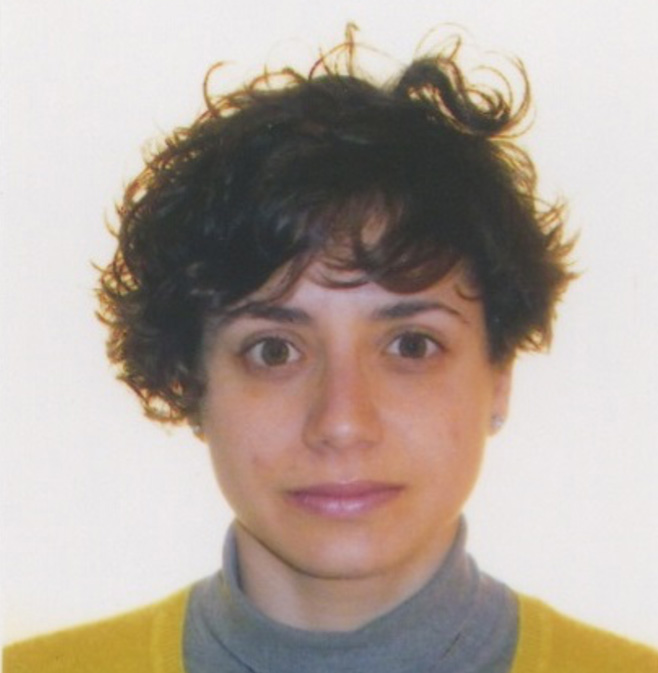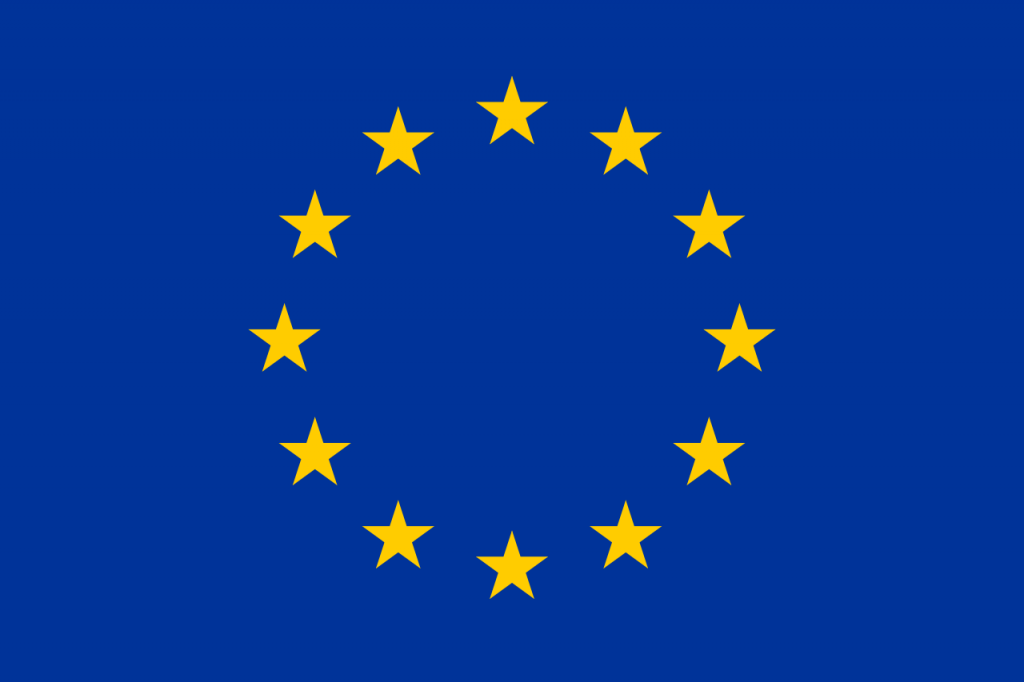Why is ice crystal icing a problem for aircraft engines?🧊
Ice crystal icing occurs when an aircraft engine takes in tiny solid ice crystals from the atmosphere. These crystals are typically found at high altitudes, around 22,000 feet, where temperatures drop below -40°C.‧ ❄️ 🌨️⋅
Once inside the engine, the ice crystals may damage the compressor blades, disrupt the combustion process, and reduce engine efficiency. In severe cases, this can compromise the safety of the aircraft.⚠️
➡️During his PhD project, Pavlos will experimentally investigate how these ice crystals behave within the engine, including how they adhere to surfaces🧊⛆. By identifying the conditions that lead to ice build-up, the research aims to develop solutions to prevent or reduce the impact of ice crystal icing, ultimately making aircraft engines safer and more efficient.✈️
To characterize the physics of the initial phase of ice formation by ice crystals through experiments
- Detailed (macro and microscopic) experimental investigations of the inception phase leading up to formation of an ice layer from impact of ice crystals on a heated dry surface, a partly wetted surface, and the enlargement of an existing ice layer
- Calibration and validation of theoretical and numerical models for heat transfer in ice accretion of ice crystals
Detection of ice conditions and real-time power control of IPS (PWG1)
- Malik, Y. A., Bennani, L., Vorgias, A., Trontin, P. and Villedieu, P., “Experimental and Numerical Investigation of Ice Crystal Icing on a Heatable NACA0012 Airfoil”, AIAA 2022-3534. AIAA AVIATION 2022 Forum. June 2022 https://doi.org/10.2514/6.2022-3534
- Löwe, J., Kintea, D., Baumert, A., Bansmer, S., Roisman, I. and Tropea, C., “Inception of ice accretion by ice crystal impact”, J. Phys.: Conf. Ser. 745 032013, 2016 https://doi.org/10.1088/1742-6596/745/3/032013
- Bansmer, A. Baumert, S. Sattler, I. Knop, D. Leroy, A. Schwarzenboeck, T. Jurkat-Witschas, C. Voigt, H. Pervier, B. Esposito: Design, construction and commissioning of the Braunschweig Icing Wind Tunnel, Atmospheric Measurement Techniques, vol. 11, no. 6, pp. 3221-3249, 2018 https://doi.org/10.5194/amt-11-3221-2018









